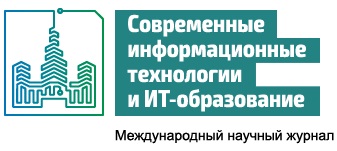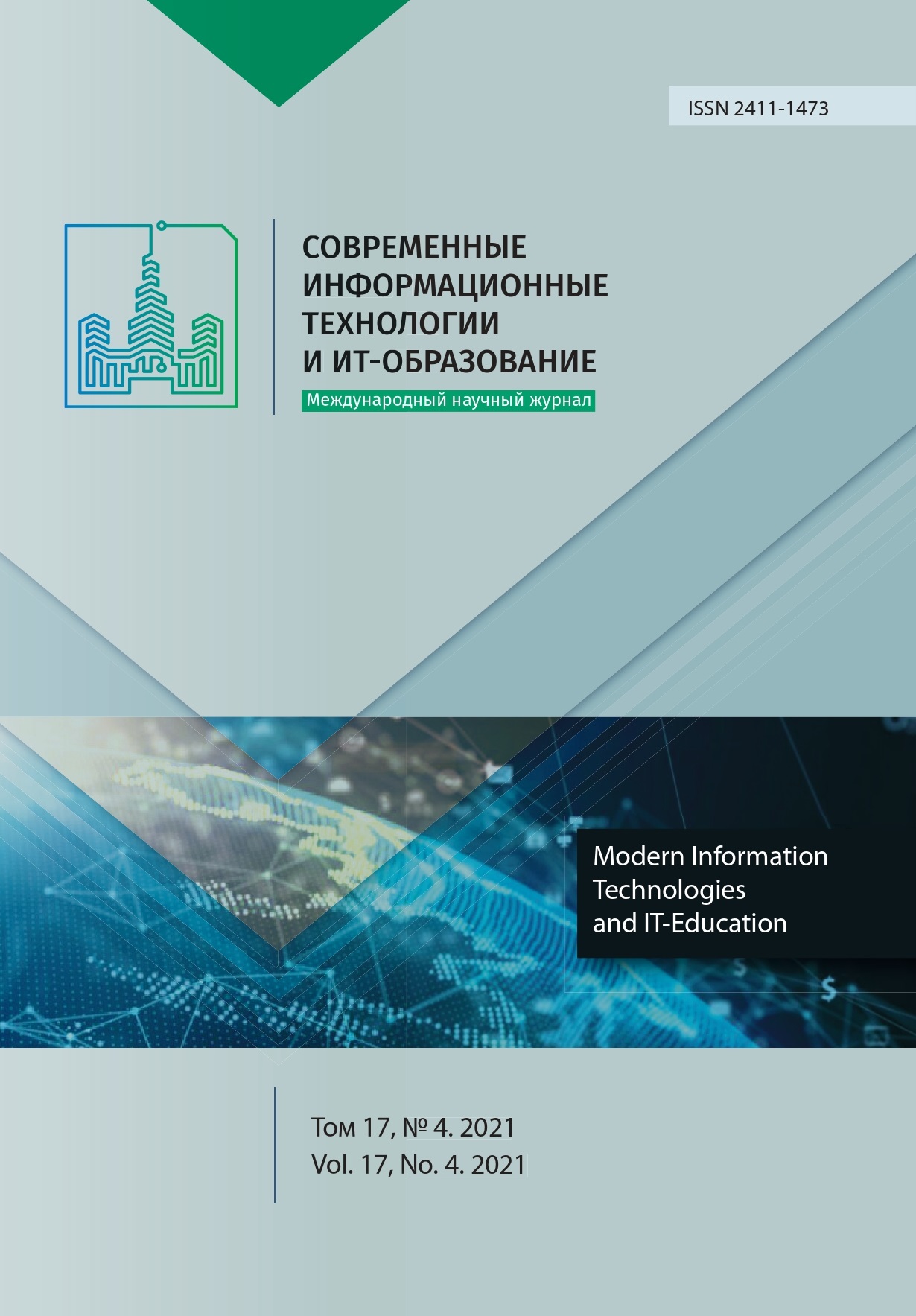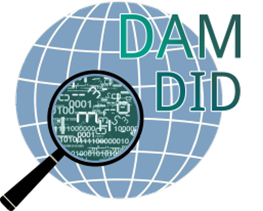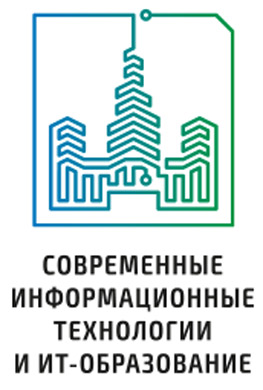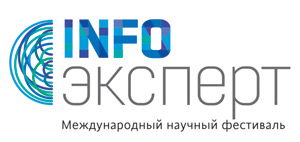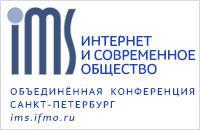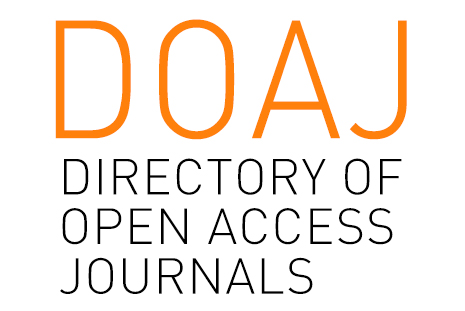Организация работы в удаленном режиме и гибридном формате
Аннотация
В данной статье анализируются современные методологии и программные средства, позволяющие большему количеству организаций перейти на удаленный или гибридный формат работы. Также в статье приведены результаты опроса сотрудников различных сфер деятельности на предмет удобства работы в формате гибридного офиса, и сравнения данного формата с удаленной работой и оффлайн работой в офисе, проведенного авторами. Данные, полученные в результате опроса, рассматриваются в различных разрезах, таких как пол, возраст, сфера деятельности, позиция, занимаемая в компании, эмоциональное состояние (выгорание или устойчивое эмоциональное состояние), предпочитаемый формат работы. Подчеркнута важность анализа эмоционального состояния работников. Выделены существующие на рынке программные инструменты, которые могут вести прогностический анализ и выявлять случаи выгорания персонала. Представлен прототип системы, позволяющий отслеживать возможность выгорания у сотрудников, и предлагающий пути повышения их эмоциональной стабильности. Также в статье содержатся рекомендации, основанные на исследовании авторов, по тестированию сотрудников, лежащее в основе предлагаемого программного решения. Даны рекомендации для руководства организаций, предотвращающие выгорание сотрудников и повышение их эмоционального уровня.
Литература
2. Salisu A.A., Vo X.V. Predicting stock returns in the presence of COVID-19 pandemic: The role of health news. International Review of Financial Analysis. 2020; 71(C):101546. (In Eng.) doi: https://doi.org/10.1016/j.irfa.2020.101546
3. Zhang D., Hu M., Ji Q. Financial markets under the global pandemic of COVID-19. Finance Research Letters. 2020; 36:101528. (In Eng.) doi: https://doi.org/10.1016/j.frl.2020.101528
4. Sobrosa Neto R.C. et al. The fourth industrial revolution and the coronavirus: a new era catalyzed by a virus. Research in Globalization. 2020; 2:100024. (In Eng.) doi: https://doi.org/10.1016/j.resglo.2020.100024
5. Grzegorczyk M., Mariniello M., Nurski L., Schraepen T. Blending the physical and virtual: a hybrid model for the future of work. Policy Contribution. 2021; (14/21):1-22. Available at: https://www.bruegel.org/sites/default/files/wp_attachments/PC-Hybrid-work.pdf (accessed 11.09.2021). (In Eng.)
6. Golden T.D., Veiga J.F. The impact of superior-subordinate relationships on the commitment, job satisfaction, and performance of virtual workers. The Leadership Quarterly. 2008; 19(1):77-88. (In Eng.) doi: https://doi.org/10.1016/j.leaqua.2007.12.009
7. Nakrošienė A., Bučiūnienė I., Goštautaitė B. Working from home: characteristics and outcomes of telework. International Journal of Manpower. 2019; 40(1):87-101. (In Eng.) doi: https://doi.org/10.1108/IJM-07-2017-0172
8. Dingel J.I., Neiman B. How many jobs can be done at home? Journal of Public Economics. 2020; 189:104235. (In Eng.) doi: https://doi.org/10.1016/j.jpubeco.2020.104235
9. Fontes F.F. Herbert J. Freudenberger and the making of burnout as a psychopathological syndrome. Memorandum. 2020; 37:1-19. (In Eng.) doi: https://doi.org/10.35699/1676-1669.2020.19144
10. Schoenenberg K., Raake A., Koeppe J. Why are you so slow? – Misattribution of transmission delay to attributes of the conversation partner at the far-end. International Journal of Human-Computer Studies. 2014; 72(5):477-487. (In Eng.) doi: https://doi.org/10.1016/j.ijhcs.2014.02.004
11. Hoffarth M.J. Executive Burnout. Business History Review. 2016; 90(4):701-708. (In Eng.) doi: https://doi.org/10.1017/S0007680517000046
12. Buchanan B.G. A (Very) Brief History of Artificial Intelligence. AI Magazine. 2005; 26(4):53-60. (In Eng.) doi: https://doi.org/10.1609/aimag.v26i4.1848
13. Dewan S., Ganley D., Kraemer K.L. Complementarities in the diffusion of personal computers and the internet: Implications for the global digital divide. Information Systems Research. 2010; 21(4):661-1010. (In Eng.) doi: https://doi.org/10.1287/isre.1080.0219
14. Zhu K., Kraemer K.L., Xu S. The process of innovation assimilation by firms in different countries: A technology diffusion perspective on e-business. Management Science. 2006; 52(10):iv-1646. (In Eng.) doi: https://doi.org/10.1287/mnsc.1050.0487
15. Corner I., Rogers B. Monitoring qualitative aspects of CRM implementation: The essential dimension of mangement responsibility for employee involvement and acceptance. Journal of Targeting, Measurement and Analysis for Marketing. 2005; 13(3):267-274. (In Eng.) doi: https://doi.org/10.1057/palgrave.jt.5740153
16. Narayanamurthy G., Tortorella G. Impact of COVID-19 outbreak on employee performance – Moderating role of industry 4.0 base technologies. International Journal of Production Economics. 2021; 234:108075. (In Eng.) doi: https://doi.org/10.1016/j.ijpe.2021.108075
17. Tortorella G., Narayanamurthy G., Godinho Filho M., Portioli Staudacher A., Mac Cawley A.F. Pandemic's effect on the relationship between lean implementation and service performance. Journal of Service Theory and Practice. 2021; 31(2):203-224. (In Eng.) doi: https://doi.org/10.1108/JSTP-07-2020-0182
18. Graves L.M., Karabayeva A. Managing Virtual Workers ‒ Strategies for Success. IEEE Engineering Management Review. 2020; 48(2):66-172. (In Eng.) doi: https://doi.org/10.1109/EMR.2020.2990386
19. Ivanov D. Viable supply chain model: integrating agility, resilience and sustainability perspectives ‒ lessons from and thinking beyond the COVID-19 pandemic. Annals of Operations Research. 2020. (In Eng.) doi: https://doi.org/10.1007/s10479-020-03640-6
20. Gregory P., Strode D.E., AlQaisi R., Sharp H., Barroca L. Onboarding: How Newcomers Integrate into an Agile Project Team. In: Stray V., Hoda R., Paasivaara M., Kruchten P. (eds.) Agile Processes in Software Engineering and Extreme Programming. XP 2020. Lecture Notes in Business Information Processing. Vol. 383. Springer, Cham; 2020. p. 20-36. (In Eng.) doi: https://doi.org/10.1007/978-3-030-49392-9_2
21. Buchan J., MacDonell S.G., Yang J. Effective team onboarding in Agile software development: techniques and goals. 2019 ACM/IEEE International Symposium on Empirical Software Engineering and Measurement (ESEM). IEEE Press; 2019. p. 1-11. (In Eng.) doi: https://doi.org/10.1109/ESEM.2019.8870189
22. Al-Habaibeh A., Watkins M., Waried K., Javareshk M.B. Challenges and opportunities of remotely working from home during Covid-19 pandemic. Global Transitions. 2021; 3:99-108. (In Eng.) doi: https://doi.org/10.1016/j.glt.2021.11.001
23. Kozlowski S.W.J., Ilgen D.R. Enhancing the Effectiveness of Work Groups and Teams. Psychological Science in the Public Interest. 2006; 7(3):77-124. (In Eng.) doi: https://doi.org/10.1111/j.1529-1006.2006.00030.x
24. Luo Y., Shenkar O., Gurnani H. Control ‒ cooperation interfaces in global strategic alliances: a situational typology and strategic responses. Journal of International Business Studies. 2008; 39(3):428-453. (In Eng.) doi: https://doi.org/10.1057/palgrave.jibs.8400365
25. Azizi M.R., Atlasi R., Ziapour A., Abbas J., Naemi R. Innovative human resource management strategies during the COVID-19 pandemic: A systematic narrative review approach. Heliyon. 2021; 7(6):e07233. (In Eng.) doi: https://doi.org/10.1016/j.heliyon.2021.e07233

Это произведение доступно по лицензии Creative Commons «Attribution» («Атрибуция») 4.0 Всемирная.
Редакционная политика журнала основывается на традиционных этических принципах российской научной периодики и строится с учетом этических норм работы редакторов и издателей, закрепленных в Кодексе поведения и руководящих принципах наилучшей практики для редактора журнала (Code of Conduct and Best Practice Guidelines for Journal Editors) и Кодексе поведения для издателя журнала (Code of Conduct for Journal Publishers), разработанных Комитетом по публикационной этике - Committee on Publication Ethics (COPE). В процессе издательской деятельности редколлегия журнала руководствуется международными правилами охраны авторского права, нормами действующего законодательства РФ, международными издательскими стандартами и обязательной ссылке на первоисточник.
Журнал позволяет авторам сохранять авторское право без ограничений. Журнал позволяет авторам сохранить права на публикацию без ограничений.
Издательская политика в области авторского права и архивирования определяются «зеленым цветом» в базе данных SHERPA/RoMEO.
Все статьи распространяются на условиях лицензии Creative Commons «Attribution» («Атрибуция») 4.0 Всемирная, которая позволяет другим использовать, распространять, дополнять эту работу с обязательной ссылкой на оригинальную работу и публикацию в этом журналe.
